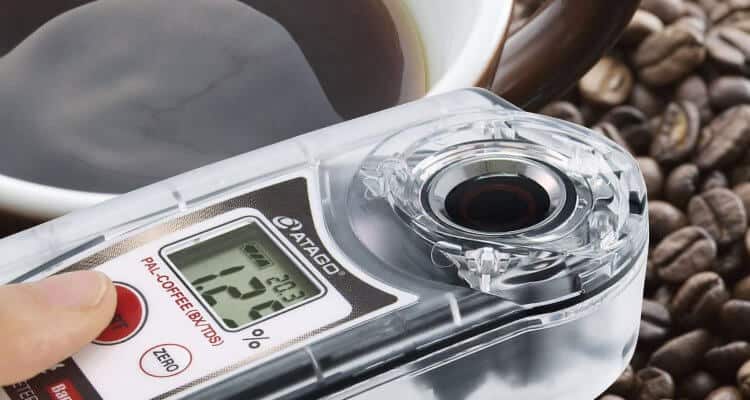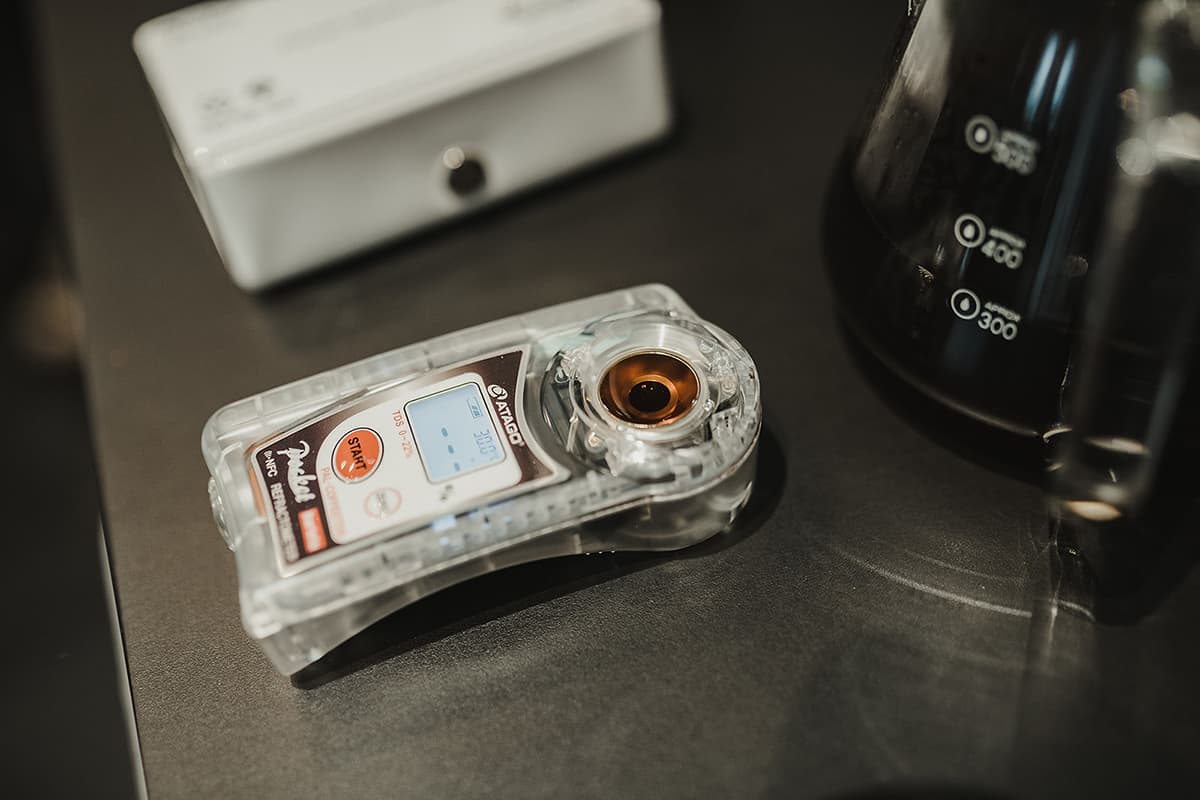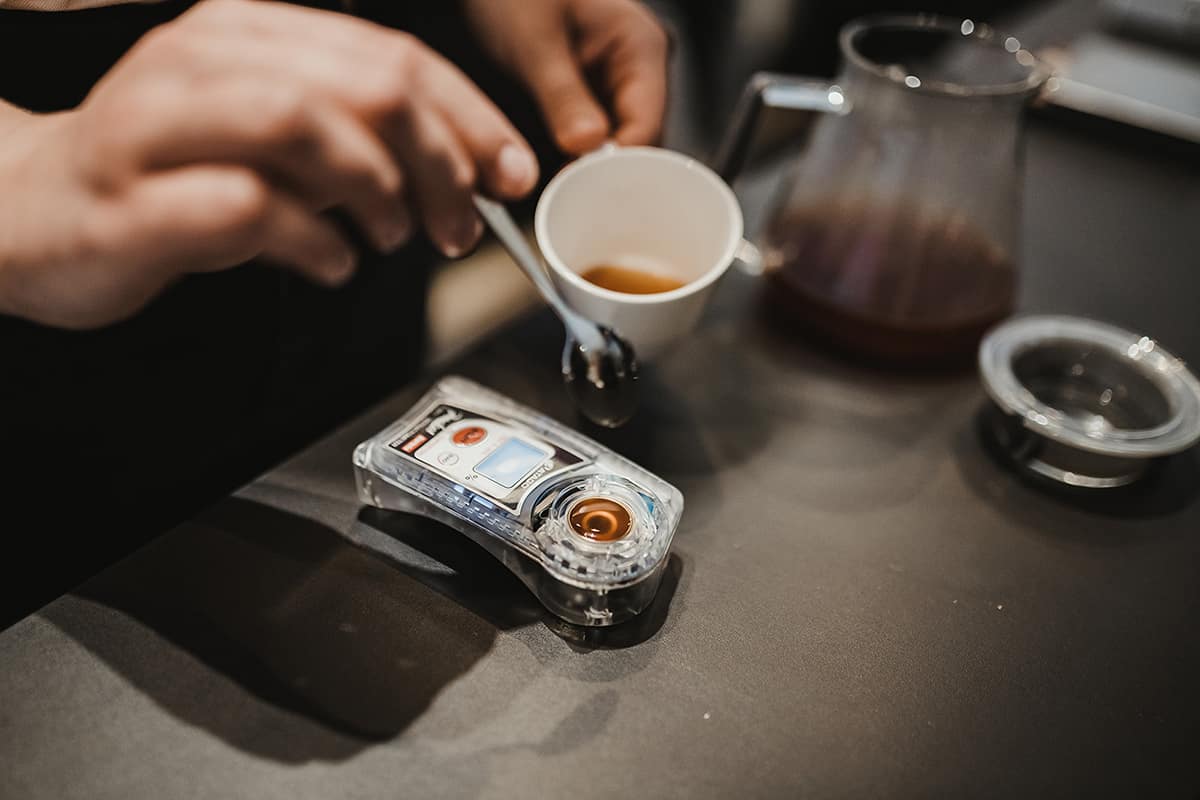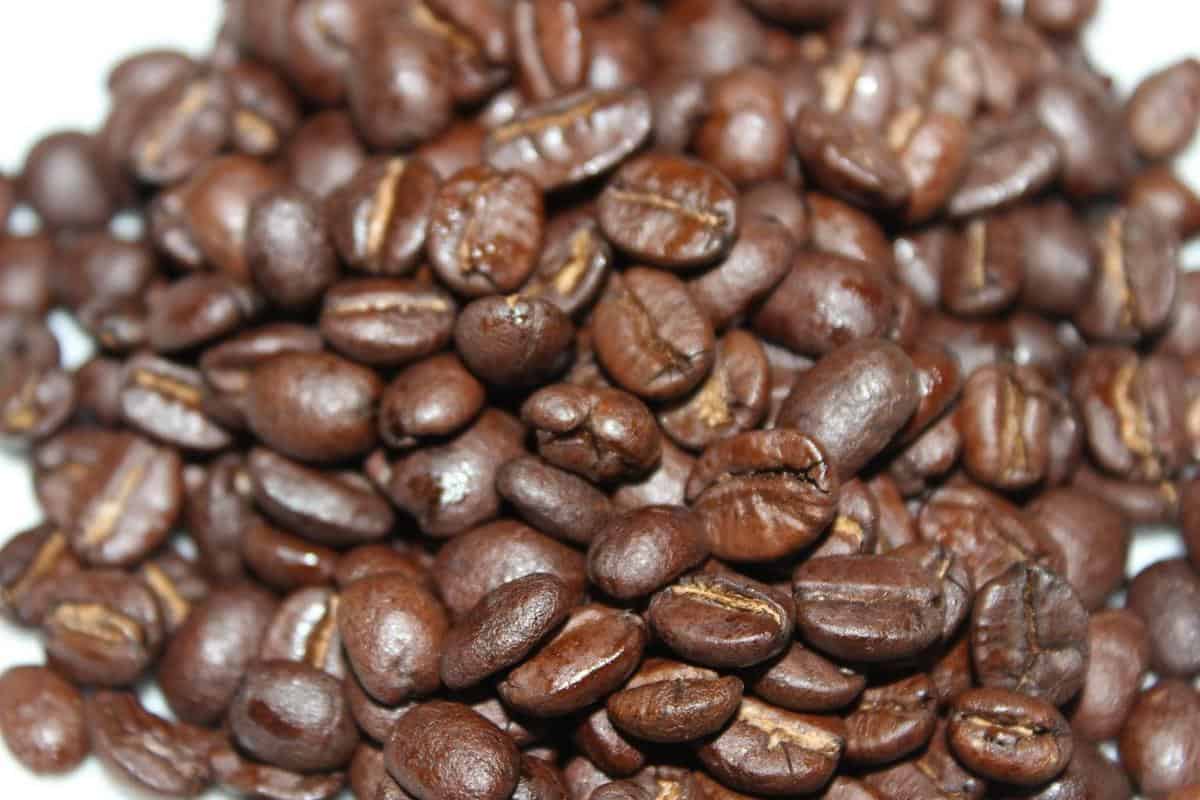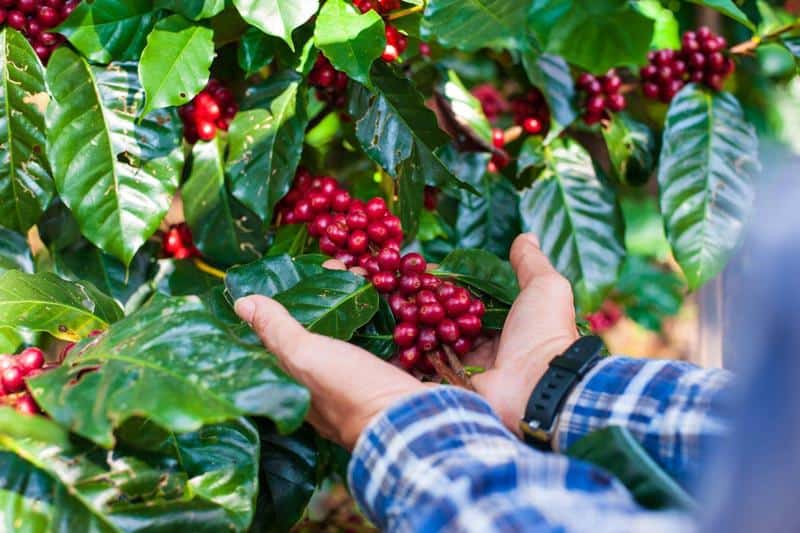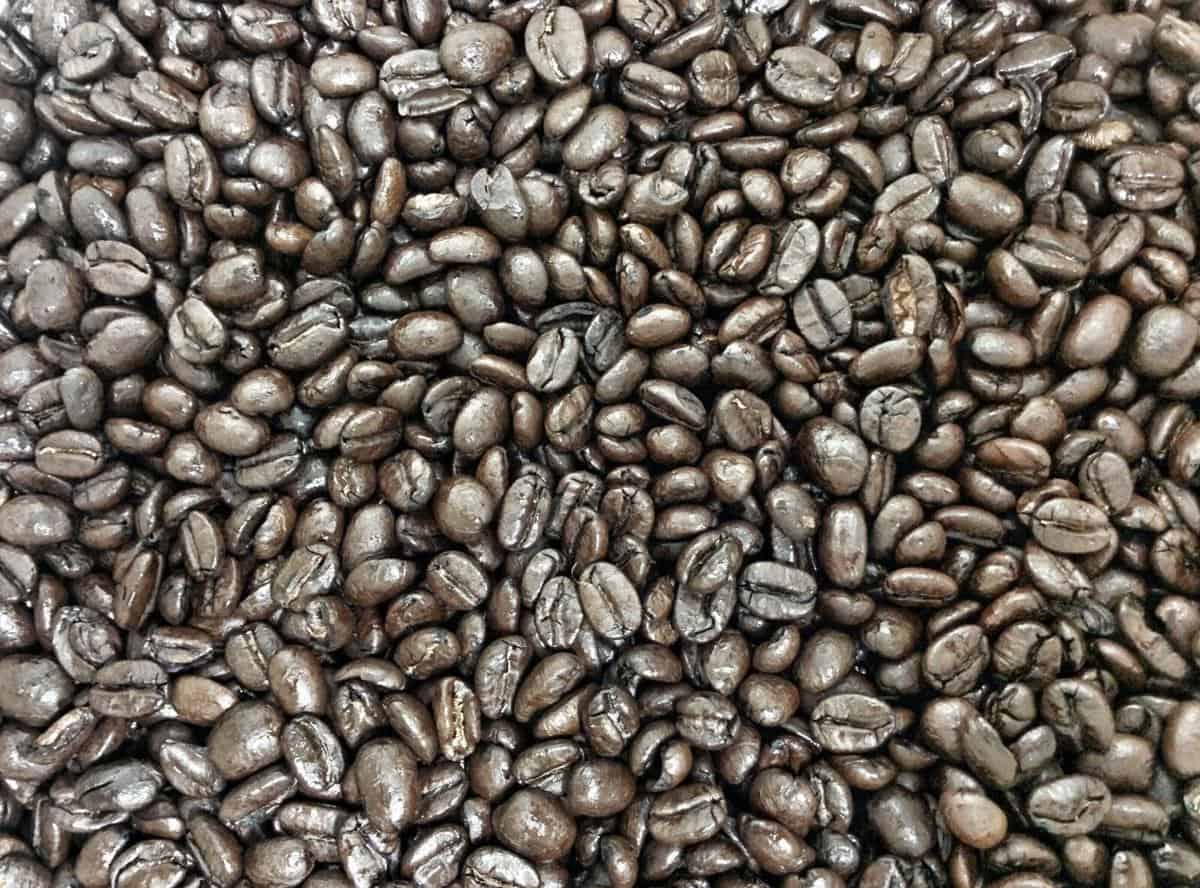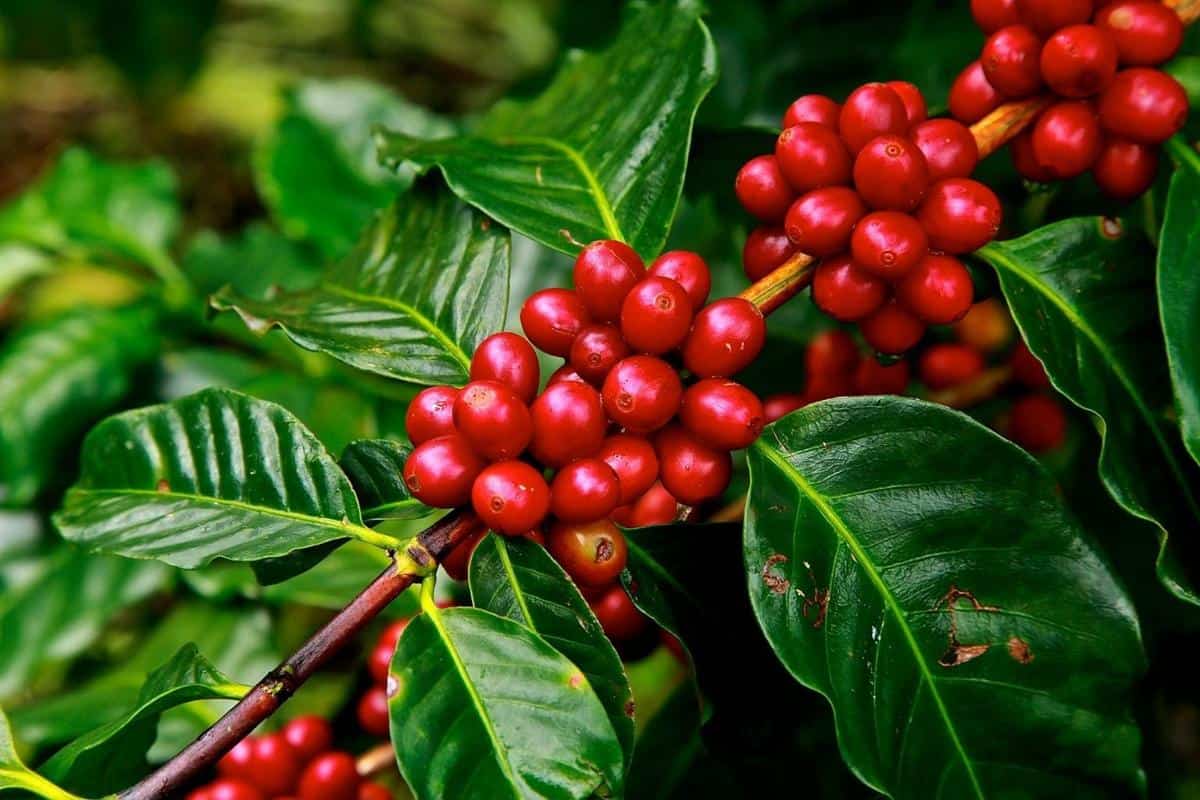Coffee brewing is an art that requires precision and perfection. Whether you are a professional barista or a dedicated coffee enthusiast, achieving the perfect brew is always the ultimate goal. One tool that has revolutionized the way we approach coffee brewing is the coffee refractometer. This device has become an essential part of the coffee connoisseur’s toolkit, allowing for accurate measurements of coffee extraction and ensuring consistent results every time.
Understanding the science behind coffee extraction is crucial in order to appreciate the importance of a coffee refractometer. Coffee extraction refers to the process of extracting soluble compounds from ground coffee beans into water, creating the rich and flavorful beverage we all know and love. However, achieving the ideal level of extraction can be challenging without proper measurement tools. This is where the coffee refractometer comes in.
A coffee refractometer is a specialized piece of equipment that measures the refractive index of a liquid sample, in this case, brewed coffee. By measuring how light bends as it passes through the liquid, it can determine the concentration of dissolved solids in the brew.
This enables brewers to accurately measure the extraction yield and adjust their brewing parameters accordingly. With its ability to provide precise data on extraction levels, a coffee refractometer empowers brewers to elevate their brewing game by fine-tuning their recipes for optimum flavor profiles.
In this article, we will delve into various aspects related to coffee refractometers: understanding their science, exploring different types available on the market, highlighting their benefits in terms of accuracy and efficiency, providing step-by-step guides on using them effectively, and gaining insights from professional baristas who rely on these instruments in their craft. Additionally, we will compare traditional brewing methods with these modern tools’ precision capabilities and share valuable tips to avoid common mistakes when using a refractometer.
With an emphasis on improving your brewing skills and achieving consistency in your cuppa, we will discuss how measuring coffee extraction with a refractometer can be a game-changer. Furthermore, we will touch upon advancements in coffee refractometer technology and explore the future of coffee brewing. So, buckle up, coffee lovers, as we embark on a journey to discover the ultimate coffee refractometer – the key to unlocking precision and perfection in your daily brews.
Understanding the Science Behind Coffee Extraction
A coffee refractometer is a valuable tool for any coffee enthusiast or professional brewer who seeks precision and perfection in their coffee brewing process. To truly appreciate the significance of a coffee refractometer, it’s important to understand the science behind coffee extraction.
The Science of Coffee Extraction
Coffee extraction refers to the process of dissolving and extracting flavor compounds from roasted coffee grounds using water. It is through this extraction that we achieve the desirable flavors, aromas, and balance in our brewed cup of coffee.
During extraction, hot water interacts with the ground coffee, causing solubles such as sugars, acids, oils, and flavors to dissolve into the water. This process is influenced by various factors like grind size, water temperature, brew time, and coffee-to-water ratio. The goal is to extract enough desirable compounds without extracting too many undesirable ones such as bitterness.
What is a Coffee Refractometer?
A coffee refractometer measures the concentration of dissolved particles in a brewed cup of coffee. It uses a principle called refractive index to determine how much light bends when passing through a liquid sample. By measuring this bending of light or refraction, a refractometer can provide an accurate measurement of the total dissolved solids (TDS) present in the brewed coffee.
Coffee TDS is typically expressed as a percentage or concentration in grams per liter (g/L). This measurement allows brewers to assess how efficiently they have extracted flavor compounds from their chosen beans. With the help of a refractometer, baristas can precisely gauge variables such as grind size, brew time, and dosage to achieve optimal extraction levels for different coffees.
Overall, understanding the science behind coffee extraction enables us to grasp why a coffee refractometer is such an essential tool in achieving consistent and high-quality brews. By precisely measuring TDS levels with accuracy and efficiency, these instruments empower coffee brewers to elevate their brewing skills and perfect their craft.
Exploring the Different Types of Coffee Refractometers
When it comes to measuring coffee extraction, a coffee refractometer is an essential tool for achieving precision and perfection in your brew. However, with so many options available on the market, it can be overwhelming to choose the right one for your needs. This section will explore the different types of coffee refractometers and help you determine which one is right for you.
1. Digital Refractometers:
Digital refractometers are known for their accuracy and ease of use. They provide quick and precise measurements of coffee extraction by measuring the refractive index of a sample. These modern devices often come with built-in temperature compensation and automatic calibration features, making them highly convenient for both home brewers and professionals alike.
2. Analog Refractometers:
Analog refractometers, also known as traditional or hand-held refractometers, rely on manual adjustments to measure coffee extraction. These devices use a prism and a light source to determine the %Total Dissolved Solids (%TDS) in a liquid sample. While analog refractometers may require more skill to operate correctly, they are often more affordable than their digital counterparts.
3. Portable Refractometers:
If you’re constantly on-the-go or want a compact option for traveling, a portable refractometer may be the perfect choice for you. These lightweight devices are designed with convenience in mind and typically offer accurate results in just seconds. Portable refractometers are an excellent option for coffee enthusiasts who want to ensure consistency in their brews no matter where they are.
Ultimately, choosing the right coffee refractometer depends on your specific needs and preferences as a brewer. Consider factors such as budget, ease of use, accuracy requirements, and portability when making your decision. By selecting the right type of refractometer that aligns with your brewing goals, you can enhance your coffee brewing experience and achieve the precision and perfection you desire.
The Benefits of Using a Coffee Refractometer
A coffee refractometer offers several benefits when it comes to brewing the perfect cup of coffee. Its accuracy and efficiency make it an indispensable tool for both home baristas and professionals in the coffee industry. In this section, we will take a closer look at the benefits of using a coffee refractometer.
Precise Measurement of Coffee Extraction
One of the primary benefits of using a coffee refractometer is its ability to provide accurate measurements of coffee extraction. Extraction refers to the process by which flavor compounds are dissolved from ground coffee beans into water during brewing. By measuring the extraction percentage, baristas and coffee enthusiasts can precisely determine how well their coffee has been brewed.
Traditional methods of measuring extraction, such as taste testing or visual cues, can often be subjective and inconsistent. However, a coffee refractometer measures extraction based on the concentration of dissolved solids in the brewed coffee. This provides an objective measurement that allows for greater control and consistency in brewing.
Efficiency in Brewing Process
Coffee refractometers also offer efficiency in the brewing process. With traditional brewing methods, it may take trial and error to achieve the desired taste profile. A refractometer eliminates guesswork by providing real-time readings that allow users to make adjustments on the spot.
By monitoring extraction levels throughout the brewing process, baristas can quickly identify if their brew is under-extracted or over-extracted. They can then adjust various factors such as grind size, water temperature, and brew time to optimize extraction levels and achieve a perfectly balanced cup of coffee.
Furthermore, a coffee refractometer enables users to evaluate different brewing methods more objectively. It allows for comparisons between various techniques or variables such as different types of filters or brew ratios. This leads to continuous experimentation and improvement in achieving ideal flavor profiles.
Step-by-Step Guide
A coffee refractometer is a tool used to measure the concentration of soluble compounds in brewed coffee. By shining a light through a small sample of brewed coffee and measuring how much the light bends, a refractometer can calculate the Total Dissolved Solids (TDS) or extraction percentage of the coffee. This information is crucial for achieving the perfect brew, as it allows baristas and coffee enthusiasts to dial in their brewing parameters with precision.
Step 1: Calibration
Before using a coffee refractometer, it is important to calibrate it properly. This ensures accurate readings throughout the brewing process. To calibrate, simply use distilled water and adjust the refractometer until it reads zero. This will help account for any variations or impurities in your water source.
Step 2: Sampling
Once your refractometer is calibrated, it is time to take a sample of your brewed coffee. The sample should be taken from the brew itself, rather than an already poured cup of coffee. This ensures that you are capturing all the soluble compounds present in the brew.
Step 3: Measuring
Place a few drops of brewed coffee onto the measuring plate of the refractometer and close the prism cover gently, making sure not to introduce any air bubbles. Look through the eyepiece and read off the TDS or extraction percentage displayed on the scale. This measurement represents how much coffee solids are dissolved in relation to water.
Using this information, you can make adjustments to achieve consistently delicious coffee with every brew. Whether it’s tweaking your grind size, adjusting your water temperature, or fine-tuning your brewing time, a coffee refractometer is an invaluable tool for achieving precision and perfection in your daily cup of joe.
The Role of a Coffee Refractometer in Professional Coffee Brewing
Coffee brewing is an art and science that requires precision and expertise. Professional baristas understand the critical role that a coffee refractometer plays in achieving the perfect brew. In this section, we will explore the insights from baristas on how a coffee refractometer enhances their craft.
Baristas rely on the accuracy and efficiency of a coffee refractometer to measure the extraction percentage of their brews. Extraction percentage refers to the amount of soluble solids extracted from the coffee grounds during brewing. By using a refractometer, baristas can precisely gauge the extraction level, which allows them to make adjustments and fine-tune their brewing process for optimal results.
The insights shared by baristas highlight just how valuable a coffee refractometer is in their profession. According to Sarah Johnson, an experienced barista at a renowned cafe, “Using a refractometer has completely transformed how I approach brewing coffee. It provides me with real-time data on extraction levels, which helps me achieve consistency in every cup I serve”.
| Extraction Level | TDS (Total Dissolved Solids) |
|---|---|
| 18% | 1.4% |
| 20% | 1.6% |
| 22% | 1.8% |
Through these experiments, it becomes evident that as the extraction level increases, so does the TDS percentage. This data helps baristas understand how different variables in their brewing process impact flavor and strength.
In addition to monitoring extraction levels, a coffee refractometer also allows baristas to analyze the concentration and consistency of their brews. This information empowers them to make adjustments in grind size, brewing time, water temperature, and coffee-to-water ratio.
By using a coffee refractometer, professional baristas can elevate their brewing skills to new heights. The insights gained from this precise measurement tool enable them to create consistently excellent cups of coffee that delight their customers every time.
Comparing Traditional Coffee Brewing Methods with the Precision of Coffee Refractometers
Traditional coffee brewing methods have long been revered and cherished for their ability to produce rich, flavorful cups of coffee. However, when it comes to precision and accuracy in achieving consistent brews, traditional methods often fall short. This is where the coffee refractometer steps in, offering a level of control and precision that was previously unattainable.
A coffee refractometer is a tool that measures the extraction percentage of dissolved solids in a brewed cup of coffee. By measuring the concentration of these solids, baristas and coffee enthusiasts can determine the optimal extraction level for their brews. This allows for greater consistency from cup to cup and ensures that each batch reaches its full potential in terms of flavor and aroma.
Comparing traditional brewing methods like pour-over or French press with the precision of a coffee refractometer clearly highlights the differences in their outcomes. Traditional methods rely on variables such as brew time, water temperature, grind size, and manual techniques to extract flavors from the coffee grounds. While these variables can certainly produce great results in skilled hands, they also introduce a level of inconsistency that can be challenging to overcome.
On the other hand, using a coffee refractometer takes out much of this guesswork by providing concrete measurements of extraction percentages. Baristas can accurately adjust variables such as grind size or brew time based on objective data rather than relying on subjective judgments alone. This results in greater control over the brewing process and ultimately leads to more consistent and precise brews.
Common Mistakes to Avoid When Using a Coffee Refractometer
Using a coffee refractometer can greatly enhance the precision and consistency of your coffee brewing process. However, there are some common mistakes that inexperienced users may make when using this tool. By being aware of these mistakes and following a few tips and tricks, you can ensure that you are getting accurate readings and achieving consistent results with your coffee refractometer.
One common mistake to avoid is not properly calibrating your refractometer before each use. Calibration is essential to ensure accurate readings. To calibrate your refractometer, you will need to use a calibration solution with a known refractive index, typically distilled water or a sugar solution. Follow the manufacturer’s instructions on how to calibrate your specific model. Failing to calibrate the refractometer can lead to inaccurate measurements and affect the overall quality of your brew.
Another mistake to avoid is not taking multiple readings and averaging them out. When measuring the extraction level of your coffee using a refractometer, it is important to take several readings from different parts of the brew. Coffee extraction can be uneven, so taking multiple measurements will give you a more reliable average reading. This will help you make more precise adjustments to achieve the desired extraction level in your brew.
Additionally, it is important to clean and maintain your coffee refractometer properly. Accurate measurements highly rely on having a clean lens and sample well. After each use, rinse the lens with distilled water or use lens cleaning wipes specifically designed for optical instruments like refractometers. Make sure to also wipe dry any excess moisture before storing it in its case or pouch. Regular maintenance will prevent any buildup or residue that may distort future measurements.
Understanding the Importance of Measuring Coffee Extraction
Coffee extraction plays a crucial role in determining the quality and taste of your brew. Understanding and measuring the coffee extraction can greatly help you improve your brewing skills and achieve consistently delicious cups of coffee. This is where a coffee refractometer comes into play, as it provides accurate and reliable measurements of coffee extraction.
A refractometer is a device commonly used in the coffee industry to measure the concentration of dissolved solids in a liquid. In the case of coffee brewing, a refractometer measures the amount of solubles extracted from the ground coffee beans during the brewing process. By measuring the extraction percentage, you can have better control over variables such as grind size, brew time, water temperature, and water-to-coffee ratio to achieve desired flavor profiles.
Using a refractometer not only helps you understand and control your brewing parameters but also allows you to experiment with different variables to create unique flavor profiles. By tracking and analyzing extraction percentages, you can compare different brewing methods, make adjustments to recipes, and even replicate successful brews with precision.
To use a refractometer for measuring coffee extraction, start by making sure that it is properly calibrated according to its manufacturer’s instructions. Then, simply take a small sample of brewed coffee using an included pipette or spoon and place it onto the prism on the refractometer.
Close the lid gently to spread the liquid evenly across the surface. The refractometer will display readings indicating the TDS (Total Dissolved Solids) percentage or Brix level, which represents how much coffee has been extracted from the grounds.
| Extraction Percentage | Flavor Characteristics |
|---|---|
| Below 18% | Sour, astringent taste |
| 18%-22% | Balanced acidity and sweetness |
| Above 22% | Bitter, over-extracted taste |
As an aspiring coffee enthusiast or professional barista, the ability to measure and control coffee extraction can have a significant impact on the quality of your brews. By using a refractometer, you can elevate your brewing skills, achieve consistency in flavor profiles, and create exceptional cups of coffee every time. In the next section, we will explore the advancements in coffee refractometer technology that are shaping the future of coffee brewing.
The Future of Coffee Brewing
As the coffee industry continues to evolve and thrive, so does the technology used in coffee brewing. One area that has seen significant advancements is the technology behind coffee refractometers. These devices, which measure the extraction of coffee grounds, have become an essential tool for both professionals and enthusiasts alike. In this section, we will explore the future of coffee brewing and delve into the exciting advancements in coffee refractometer technology.
One of the most significant advancements in coffee refractometer technology is the development of wireless connectivity. Traditionally, baristas would need to manually record measurements from their refractometer and input them into their brewing software or device. However, with wireless connectivity capabilities, refractometers can now seamlessly sync with brewing software in real-time. This integration allows for instant data recording and analysis, making it easier than ever to achieve consistent brews.
Another exciting advancement is the incorporation of artificial intelligence (AI) algorithms into coffee refractometers. AI-powered refractometers can analyze large amounts of data collected during a brew and provide valuable insights on extraction efficiency and flavor profiles. This technology takes the guesswork out of brewing processes by providing precise recommendations on how to adjust key parameters such as grind size, water temperature, and extraction time to optimize flavor extraction.
Additionally, there have been improvements in the design and portability of coffee refractometers. Some manufacturers have introduced compact handheld models that are ideal for on-the-go use or for small-scale operations where space is limited. These portable refractometers still offer accurate measurements but are more travel-friendly and convenient.
Conclusion
In conclusion, the ultimate coffee refractometer offers a level of precision and perfection that can greatly elevate your coffee brewing game. Understanding the science behind coffee extraction is crucial, and a coffee refractometer provides you with accurate measurements to ensure you are achieving optimal flavor in every cup.
Exploring the different types of coffee refractometers allows you to find the one that best suits your needs. Whether you prefer a handheld device or a digital version, there is a refractometer out there that can enhance your brewing process and help you achieve consistent results.
The benefits of using a coffee refractometer are numerous. Its accuracy and efficiency ensure that you are extracting the desired flavors from your beans, allowing you to consistently brew delicious cups of coffee. By following a step-by-step guide on how to use the refractometer, you can further improve your brews and experiment with different variables to create unique flavors.
Baristas attest to the vital role that a coffee refractometer plays in professional coffee brewing. It allows them to fine-tune their recipes and consistently deliver exceptional coffees to their customers. Comparing traditional brewing methods with the precision of refractometers shows just how much they can elevate your skills as a homebrewer or professional barista.
To make the most out of your coffee refractometer, it is important to avoid common mistakes such as improper calibration or misinterpreting measurements. With practice and attention to detail, you can achieve consistency in your brews and understand how different variables affect extraction.
Overall, investing in an ultimate coffee refractometer will not only help you improve your brews but also give you insights into the importance of measuring coffee extraction. As advancements in technology continue, we can expect even more innovative features and functionalities in future versions of these devices, pushing our understanding and enjoyment of coffee brewing to new heights.
So why settle for anything less than precision and perfection when it comes to something as cherished as your daily cup of coffee? Elevate your coffee game with the ultimate coffee refractometer.

